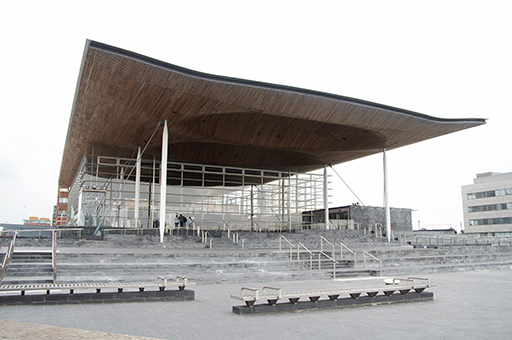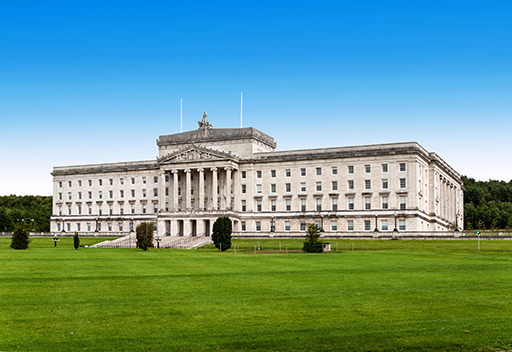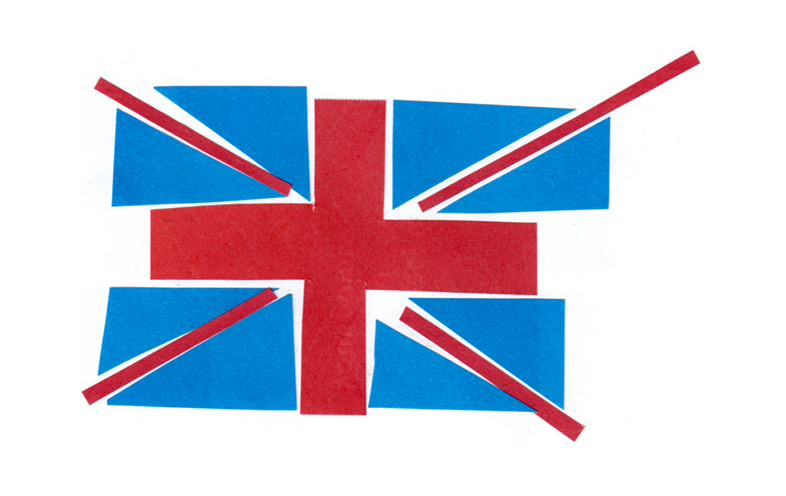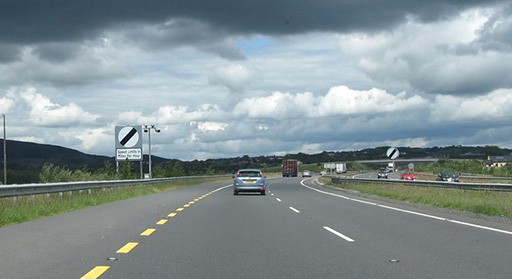4 Contrasts and differences
The contrast with Wales that emerges from the British Election Study data analysed by Pattie and Johnston (2017) is also striking. Since the formation of the Welsh Assembly the main political parties in Wales have seen themselves as closely aligned with the EU and its institutions, not least because Wales has been a net beneficiary from EU sources due to the way in which the various EU regional and cohesion funds have worked to redistribute resources across the European space. The expectation was that the Welsh government would be in receipt of around three billion Euros over the years 2014–2020, with the majority being allocated to rural West Wales and the post-industrial Valleys of South Wales. As a result, the referendum vote was seen as a surprise by the Welsh political establishment.

In an article published in the Guardian on 27 June 2016, Richard Wyn Jones (a professor at Cardiff University) posed the question: ‘Why did Wales shoot itself in the foot in this referendum?’ That it had done so was a common perception, precisely because of the resources the country was receiving from European sources. The strongest Leave votes were recorded in some of the older industrial areas receiving the most money. But Professor Jones explains things differently, implicitly contrasting the Welsh and Scottish experiences and noting that the devolved Welsh institutions were predominately seen as forms of protection against Westminster, rather than as the basis of positive alternatives, as is the case in Scotland. Few electors, he concluded, viewed the referendum through a Welsh lens. The focus of the political class, he says, had in any case been on the Assembly elections which preceded the referendum by a few weeks, although turn out for the referendum (at over 70%) was substantially higher than that for the Assembly (just over 45%).
It is also worth noting that while the European funds may have represented a significant source of income to the Welsh government, the extent to which they had a positive impact on the places where the money was spent (particularly where it was spent on infrastructure) may have been less obvious. Those living in many of the areas in which majorities voted to leave had not seen improvements in living standards over the past decade or more. Paradoxically, perhaps, because eligibility for EU funding implies economic and social disadvantage, it also made it difficult to generate a positive vote for the politics of the EU. Apart from those areas with a strong Welsh speaking tradition, which also tend to be the areas in which support for Welsh nationalism is stronger, such as Ceredigion and Gwynnedd, the pattern of voting in Wales followed very similar lines to that in England, where cities and prosperous regions voted Remain and older industrial or post-industrial areas voted Leave.
If the contrast between Scotland and Wales is apparent, the contrast with the experience in Northern Ireland is equally noticeable. Superficially, as you have seen, there are similarities – like Scotland, Northern Ireland voted Remain. But unlike Scotland, in Northern Ireland the pattern of the vote was much more divided. It largely reflected existing divisions, although it appears that around 30% of traditional unionists voted Remain, despite the active campaigning of the Democratic Unionist Party for Leave.
Northern Ireland is the only part of the UK with a land border with another member of the EU. In his own ‘personal reflection on the changing geographical relationship between the UK and Ireland’, Philip O’Sullivan (who is a senior lecturer in geography at The Open University) notes that:
You can now drive from Belfast to Dublin and only know you have crossed the border when the traffic sign changes the speed limit from miles per hour to kilometres per hour; if you couldn’t notice it, maybe it didn't matter anymore. Similarly, the Good Friday Agreement allowed people in Northern Ireland to choose Irish, British, or even both as their national identity and to hold passports from Ireland, Britain, or one of each. Now that the UK, including Northern Ireland of course, is making steps to leave the EU, the separateness and binary otherness of the UK and Ireland has been spectacularly amplified (Source: O’Sullivan, 2017).
The border helps to shape the nature of debate around the EU in Northern Ireland, but also opens up debate around the status of Northern Ireland. In the wake of the Brexit vote, and in an echo of calls for an independence referendum in Scotland, Sinn Féin suggested that the time might be approaching for a referendum on Irish unification. The extent to which there is widespread support for such a referendum remains unclear, but all political parties in Northern Ireland, however they recommended voting on EU membership, are eager to preserve an open – or at least highly porous – border with the south.
An open border and a referendum on re-unification may or may not be realistic in the longer term, but it highlights the role that the EU has played in framing Northern Ireland’ political settlement – the power-sharing system between unionist and nationalist parties that has largely been in place since the Good Friday Agreement of 1998. The UK’s membership of the EU has been part of the process by which it has been possible to have a system in which the different interests are able to work through consent, however uneasily. As some commentators have suggested, the EU offered another way of ‘not talking about the border’ (Gormley-Hennan and Aughey, 2017, p. 502), making it possible to govern on a range of issues without confronting the most contentious issue of politics in Northern Ireland. The UK-wide vote to leave the EU and the UK government’s decision to move towards Brexit has raised a series of questions about the existing arrangements.
As Cathy Gormley-Heenan and Arthur Aughey put it, ‘[t]he spectre haunting Brexit has a unique reference point in Northern Ireland: the border’ (2017, p. 498). They quote Malachi O’Doherty, writing in the Belfast Telegraph on 25 June 2016. He argued that those ‘pragmatists’ on the nationalist side (with their own Irish identity and little attachment to Britishness) who had been prepared to work with unionists with a strong commitment to the UK might begin to rethink their position now that they find themselves still in the UK, but ‘without the protections that come from Europe – and the underpinning of a common identity with the Irish that also comes from Europe’ (p. 503). In this context, it may also be worth reflecting briefly from the perspective of the Republic of Ireland. Fintan O’Toole argues that there they have had to accept ‘[t]hings that nation-states do not like – ambiguity, contingency, multiplicity – would have to be lived with and perhaps even embraced. Irish people, for the most part, have come to terms with this necessity. The English, as the Brexit referendum suggested, have not’ (O’Toole, 2017). One expression of this, under the Good Friday Agreement of 1998, is that those born in Northern Ireland have the right ‘to identify themselves and be accepted as Irish or British, or both’, and consequently to have either or both Irish and British passports.

The point here is not to suggest that anything has been settled in Northern Ireland by the referendum result, any more than it has been in Scotland. Polls suggest that a significant majority of voters in Northern Ireland would support remaining in the UK. One conducted for the BBC soon after the referendum found that 63% would favour staying in the UK, with only 22% saying they would vote to join a united Ireland. But what matters is to recognise that not only did the vote itself highlight some of the key tensions around national identity, it also provided evidence of voting across the presumed political and religious divide. Membership of the EU helped to cover over some of the divisions and acted as a means of avoiding border talk, and the consequences of moves towards Brexit are likely to raise continuing questions, possibly reinforcing tensions and even generating more serious conflict.

